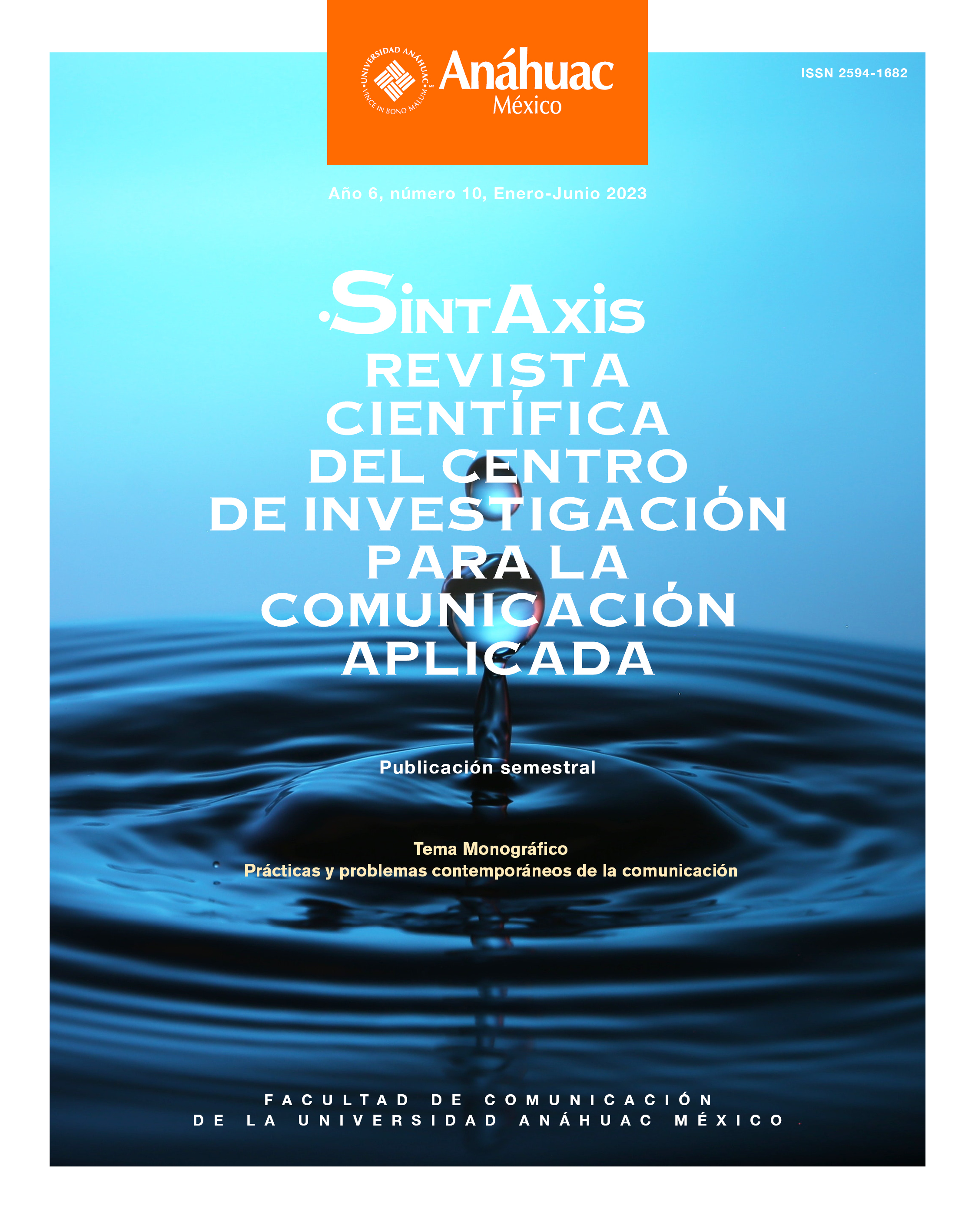Integral comparative diagnostic in Primary Health Care institutions of the Secretary of Health in Mexico City
Main Article Content
Abstract
With the objective of recognizing the systemic relations of the organizations of the first level of primary health care of the public sector (PNA-APS by its acronym in Spanish) of Mexico City. This article has the purpose of understanding their practical problems of significance and articulation from a comprehensive organizational diagnosis adapted to the methodology of the Organizational Communication Intelligence Model (ICA by its acronym in Spanish), which is based on four systemic analysis models: organizational subsystems, environmental factors, interest groups, and communication system. The results of this diagnosis confirm the importance of streamlining the processes that can meet organizational goals in favorable communication environments. The value, usefulness, and contribution to institutions such as the pna-aps of Mexico City of carrying out comprehensive organizational diagnoses allows the development of innovative strategic-integral plans with a global vision of communication, allowing monitoring, evaluating and applying the understanding of key messages.
Downloads
PLUMX Metrics
Article Details

This work is licensed under a Creative Commons Attribution-NonCommercial-NoDerivatives 4.0 International License.
The author keeps the property rights with no restriction whatsoever and guarantees the magazine the right to be the first publication of the work. The author is free to deposit the published version in any other medium, such as an institutional archive or on his own website.
References
Ariza, Y. (s.f). Herramientas de análisis estratégico. https://www.academia.edu/7952074/HERRAMIENTAS_PARA_EL_ANALISIS_ESTRATEGICO_TOOLS_FOR_STRATEGIC_ANALYSIS
Capriotti, P. (2009). Branding Corporativo: fundamentos para la gestión estratégica de la Identidad Corporativa. Librería de la Empresa.
Duran, P., Cisneros, N., Meléndez, V., y Cid, R. (2019). Comunicación Estratégica: Modelo de gestión comunicacional. Anuario de Investigación de la Comunicación CONEICC, (XXVI), 70-80. https://doi.org/10.38056/2019aiccXXVI76
Freeman, R., Mcvea, John. (2001). A Stakeholder Approach to Strategic Management. SSRN Electronic Journal. http://dx.doi.org/10.2139/ssrn.263511
Herrera, R., Bendezú, R. (2017). Nueva teoría estratégica: repensando la estrategia desde la comunicación. Razón y palabra.
Kast, F., y Rosenzweig, J. (2004). El enfoque moderno: conceptos y sistemas de contingencia. Administración en las organizaciones. Enfoque de sistemas y de contingencia. McGrawHill.
Sammut-Bonnici, T., Galea, D. (2015). PEST analysis. Wiley Encyclopedia of Management. https://doi.org/10.1002/9781118785317.weom120113
Scheinsohn, D. (2010). Comunicación estratégica. Cuadernos del Centro de Estudios en Diseño y Comunicación. Ensayos, (33), 17-22.
Secretaría de Salud de la Ciudad de México. (2021). http://sersalud.cdmx.gob.mx/sspcdmx/historia.php
Secretaría de Salud del Estado de México. (2021). Decálogo de Principios y Valores. https://salud.edomex.gob.mx/salud/decalogo_principios_valores
Servicios de Salud Pública de la Ciudad de México. (2021). https://www.salud.cdmx.gob.mx/secretaria/acerca-de

